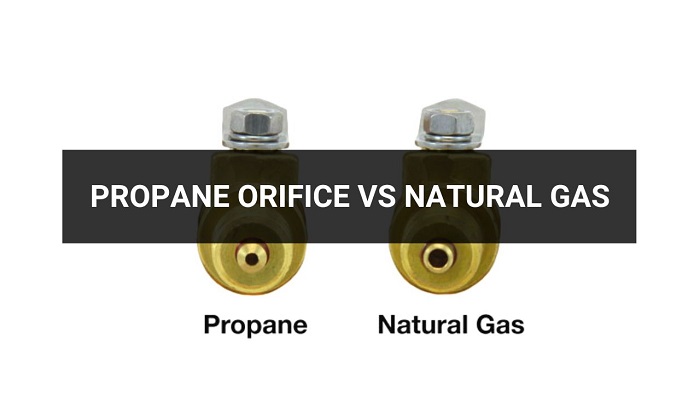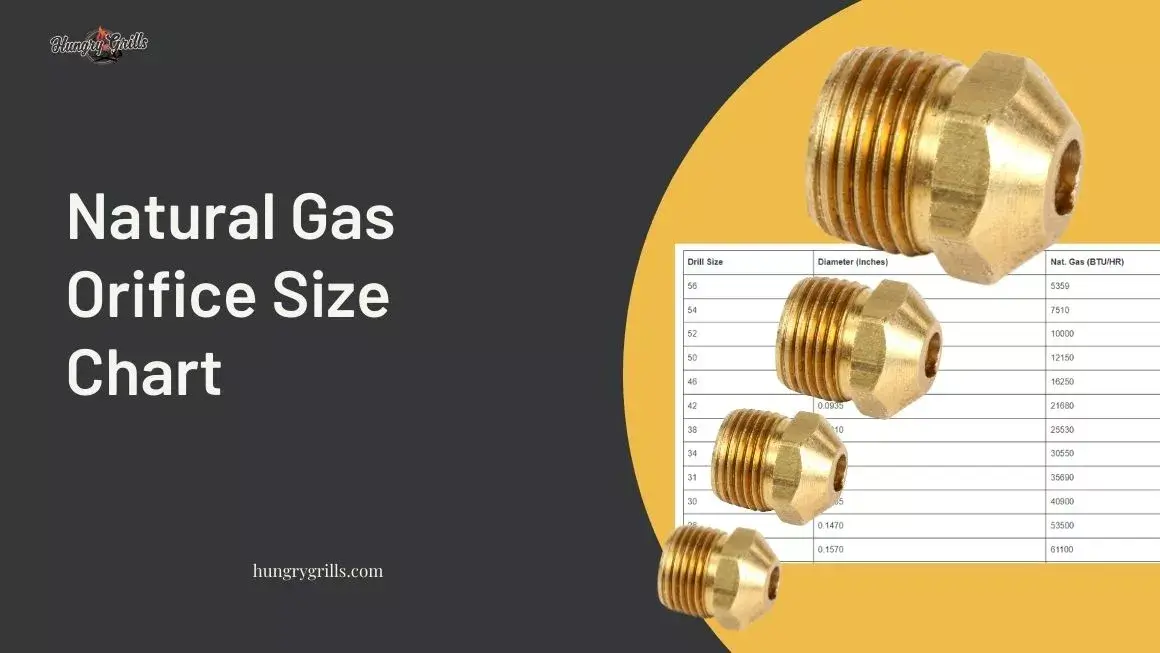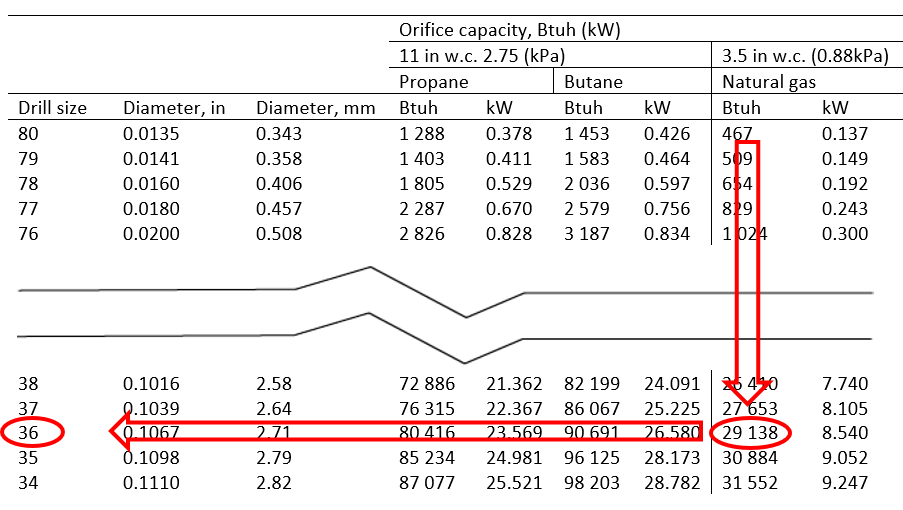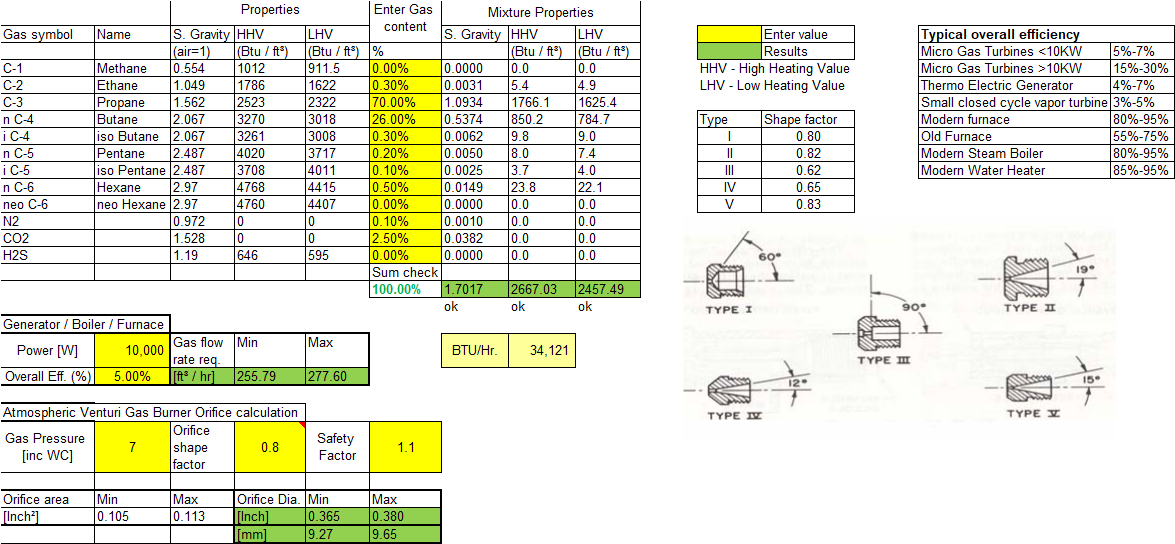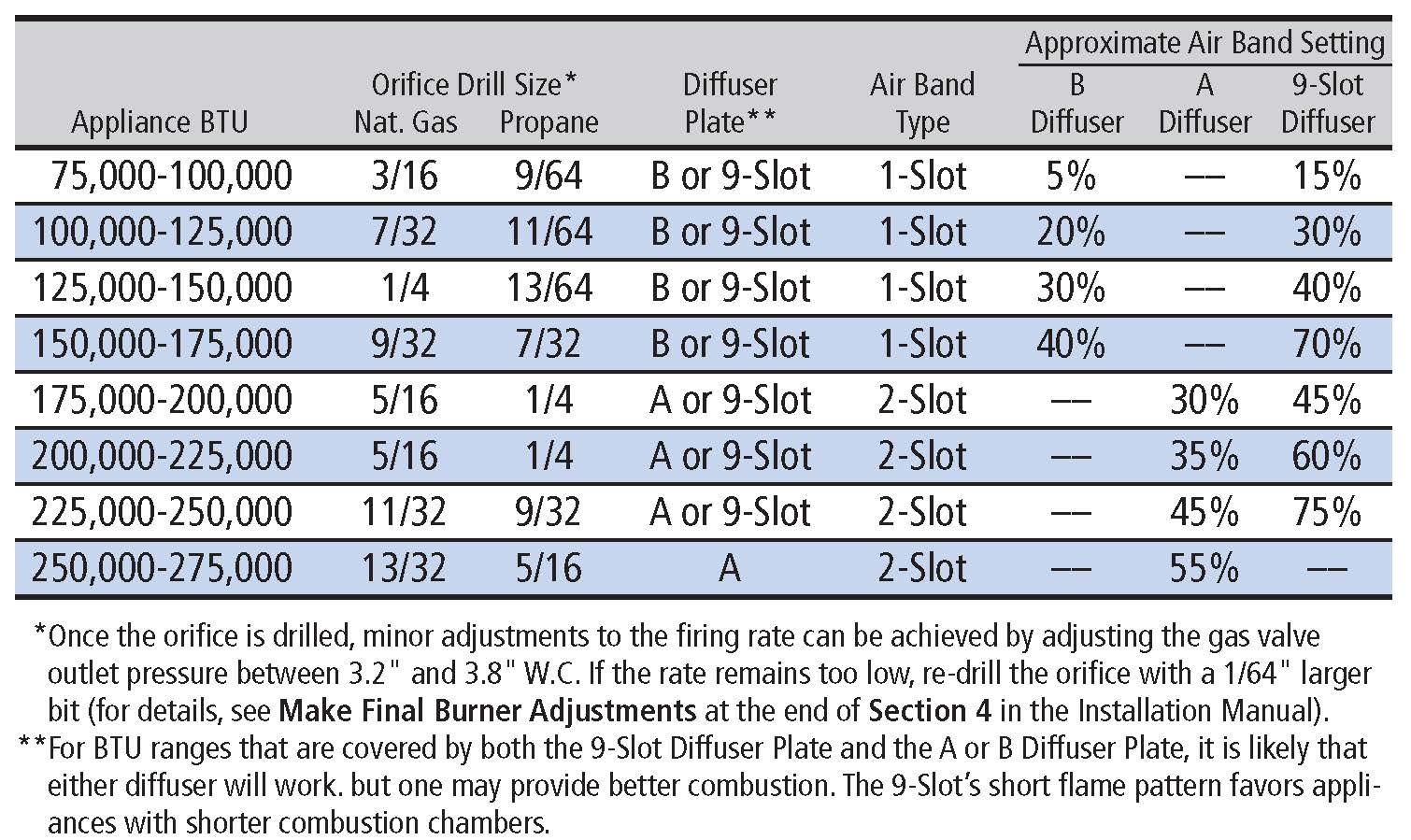Lp Vs Natural Gas Orifice Size

Are you noticing your furnace or gas appliance isn't heating as efficiently as it used to? Maybe you're getting weak flames, a persistent yellow flame, or even a faint smell of gas. These issues can sometimes stem from a surprisingly common cause: the wrong orifice size for your gas type. Let's explore how to troubleshoot this, focusing on safety and when to call in the pros.
Understanding the Orifice and Gas Types
Before we dive into troubleshooting, let's cover some basics. An orifice is a small, precisely sized opening that controls the amount of gas flowing to the burner in your appliance. Different types of gas, specifically LPG (Liquid Propane Gas) and Natural Gas (NG), require different orifice sizes because they have different energy densities. Think of it like this: LPG packs more punch per cubic foot than Natural Gas. That means you need a smaller opening to deliver the right amount of fuel for proper combustion.
Using the wrong orifice can be dangerous and lead to inefficient operation, carbon monoxide production, and potential equipment damage.
Common Symptoms of an Incorrect Orifice Size
Several tell-tale signs indicate a potential problem with your orifice size:
- Weak or Low Flames: If your flames are consistently small and don't seem to be providing adequate heat, it could be that the orifice is too small for the gas type.
- Yellow or Orange Flames: A healthy gas flame should be primarily blue with a slight yellow tip. Predominantly yellow or orange flames suggest incomplete combustion, often caused by an improper gas/air mixture.
- Soot Buildup: Black soot accumulating around the burner or vent is another indicator of incomplete combustion and a possible orifice issue.
- Gas Odor: A persistent faint smell of gas, especially near the appliance, could indicate a leak caused by improper combustion and should be addressed immediately. If the odor is strong, evacuate and call your gas company!
- Popping or Delayed Ignition: Hearing pops or experiencing a delay between turning on the appliance and the burner igniting can point to an incorrect fuel/air mixture.
- Inefficient Heating: If your furnace is running longer than usual to reach the desired temperature, or if your water heater struggles to heat water quickly, the orifice might be restricting gas flow.
Troubleshooting Steps (Safety First!)
Before you begin any troubleshooting, turn off the gas supply to the appliance. Usually, there's a valve on the gas supply line leading directly to the appliance. Ensure the area is well-ventilated. If you smell gas at any point, stop immediately and call a qualified technician.
Step 1: Visual Inspection (No Tools Required)
Begin with a thorough visual inspection. This step is all about observing the obvious.
- Check the Flame Color: Is it primarily blue, or is it yellow/orange? As mentioned earlier, yellow/orange flames are a red flag.
- Look for Soot: Examine the area around the burner and vent for any black soot buildup. This is a sign of incomplete combustion.
- Inspect the Orifice for Damage: If you can visually access the orifice (without disassembling anything), look for any signs of damage, such as cracks or deformities. However, do not attempt to clean the orifice at this stage.
- Verify Gas Type: Double-check that your appliance is configured for the correct gas type. There should be a label on the appliance stating whether it's set up for Natural Gas or Propane. This label is critical!
Step 2: Identifying the Orifice Size (May Require Basic Tools)
Identifying the current orifice size typically requires a wrench or socket set to access and remove the orifice. If you're not comfortable with this, skip to the "When to Call a Professional" section. Proceed with caution and ensure the gas supply is off.
- Locate the Orifice: The orifice is usually located at the end of the gas supply line, right before the burner. It's a small, brass-colored fitting with a tiny hole. Consult your appliance's manual for specific location.
- Remove the Orifice: Using the appropriate wrench or socket, carefully loosen and remove the orifice.
- Identify the Stamping: Orifices are typically stamped with a number indicating their size. This number represents the drill size used to create the opening (e.g., 50, 55, etc.). Note the number carefully. Sometimes the number is very small and hard to see. Use a magnifying glass if necessary.
- Consult the Appliance Manual: Your appliance's manual should provide a chart or table specifying the correct orifice size for both Natural Gas and Propane. Compare the stamped number on your orifice with the recommended size in the manual. Is it the correct size for your gas type?
Important Safety Note: When re-installing the orifice, tighten it snugly, but don't overtighten. Overtightening can damage the orifice or the threads on the gas line.
Step 3: Checking Gas Pressure (Requires a Manometer - Advanced!)
Checking gas pressure is a more advanced step that requires a manometer, a tool specifically designed to measure gas pressure. This step helps determine if the gas supply pressure is within the acceptable range for your appliance. This step is generally best left to a qualified technician. Incorrect gas pressure can lead to the same symptoms as an incorrect orifice size, making diagnosis tricky.
If you're comfortable and have the necessary equipment:
- Connect the Manometer: Follow the manufacturer's instructions for connecting the manometer to the test port on your appliance's gas valve.
- Turn on the Appliance: Turn on the appliance and observe the gas pressure reading on the manometer.
- Compare to Specifications: Consult your appliance's manual for the correct gas pressure specifications for both Natural Gas and Propane. Is the measured pressure within the specified range?
If the gas pressure is incorrect, do not attempt to adjust it yourself. Contact a qualified technician. Gas pressure regulation is a complex and potentially dangerous task.
Simple DIY Actions You Can Take
After completing the diagnostic steps, here are some simple DIY actions you might be able to take:
- If the Orifice is Obviously the Wrong Size: If you've confirmed that the orifice is the wrong size for your gas type based on the appliance manual, and you have the correct orifice, you can replace it. Ensure the new orifice is the exact size specified in the manual.
- Check the Gas Regulator (Visually): Locate the gas regulator on your appliance or gas line. Ensure it's not damaged or corroded. A damaged regulator can cause pressure fluctuations. If it looks damaged, it needs to be replaced by a professional. Do not attempt to repair it yourself.
- Clean the Burner Ports (Carefully): If the burner ports are clogged with debris, you can carefully clean them with a wire brush or vacuum cleaner. Ensure the gas supply is off and the appliance is cool before cleaning. Clogged burner ports can lead to incomplete combustion.
- Check for Airflow Obstructions: Ensure that there are no obstructions blocking airflow to the appliance, such as furniture or debris. Proper airflow is essential for efficient combustion.
Remember to always double-check your work and follow all safety precautions. After making any changes, monitor the appliance closely to ensure it's operating correctly.
When to Call a Professional HVAC Service
While some troubleshooting steps can be safely performed by homeowners, certain situations require the expertise of a qualified HVAC technician. Do not hesitate to call a professional if:
- You Smell a Strong Gas Odor: Evacuate the area immediately and call your gas company or 911.
- You're Uncomfortable Working with Gas Lines: If you're not confident in your ability to safely work with gas lines, it's always best to err on the side of caution and call a professional.
- You Suspect a Gas Leak: If you suspect a gas leak, even a small one, call a professional.
- The Gas Pressure is Incorrect: Adjusting gas pressure requires specialized tools and knowledge. Do not attempt to adjust it yourself.
- You Can't Identify the Orifice Size: If you're unable to locate or identify the orifice size, call a professional.
- You've Replaced the Orifice, But the Problem Persists: If you've replaced the orifice with the correct size, but the appliance is still not operating correctly, there may be other underlying issues that require professional diagnosis and repair.
- Your Appliance is Under Warranty: Attempting to repair the appliance yourself may void the warranty.
- You're Dealing with an Older Appliance: Older appliances may have unique quirks and require specialized knowledge.
In general, any situation involving gas leaks, gas pressure adjustments, or complex appliance repairs should be handled by a qualified HVAC technician. Your safety and the proper functioning of your appliances are paramount.
Prevention and Maintenance
Regular maintenance can help prevent orifice-related problems and ensure the safe and efficient operation of your gas appliances.
- Schedule Annual Inspections: Have your gas appliances inspected annually by a qualified HVAC technician. They can identify potential problems early on and perform necessary maintenance.
- Keep Burners Clean: Regularly clean the burner ports to prevent clogging.
- Ensure Proper Ventilation: Ensure that your appliances have adequate ventilation to prevent carbon monoxide buildup.
- Replace Air Filters Regularly: Clean or replace air filters on your furnace regularly to ensure proper airflow and efficient combustion.
- Keep the Area Around Appliances Clear: Keep the area around your appliances clear of clutter to prevent airflow obstructions.
By following these troubleshooting steps and safety precautions, you can address potential orifice-related issues in your gas appliances. Remember, safety is always the top priority. When in doubt, call a professional!
